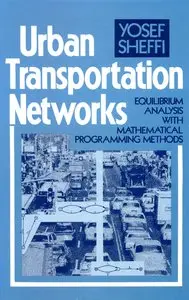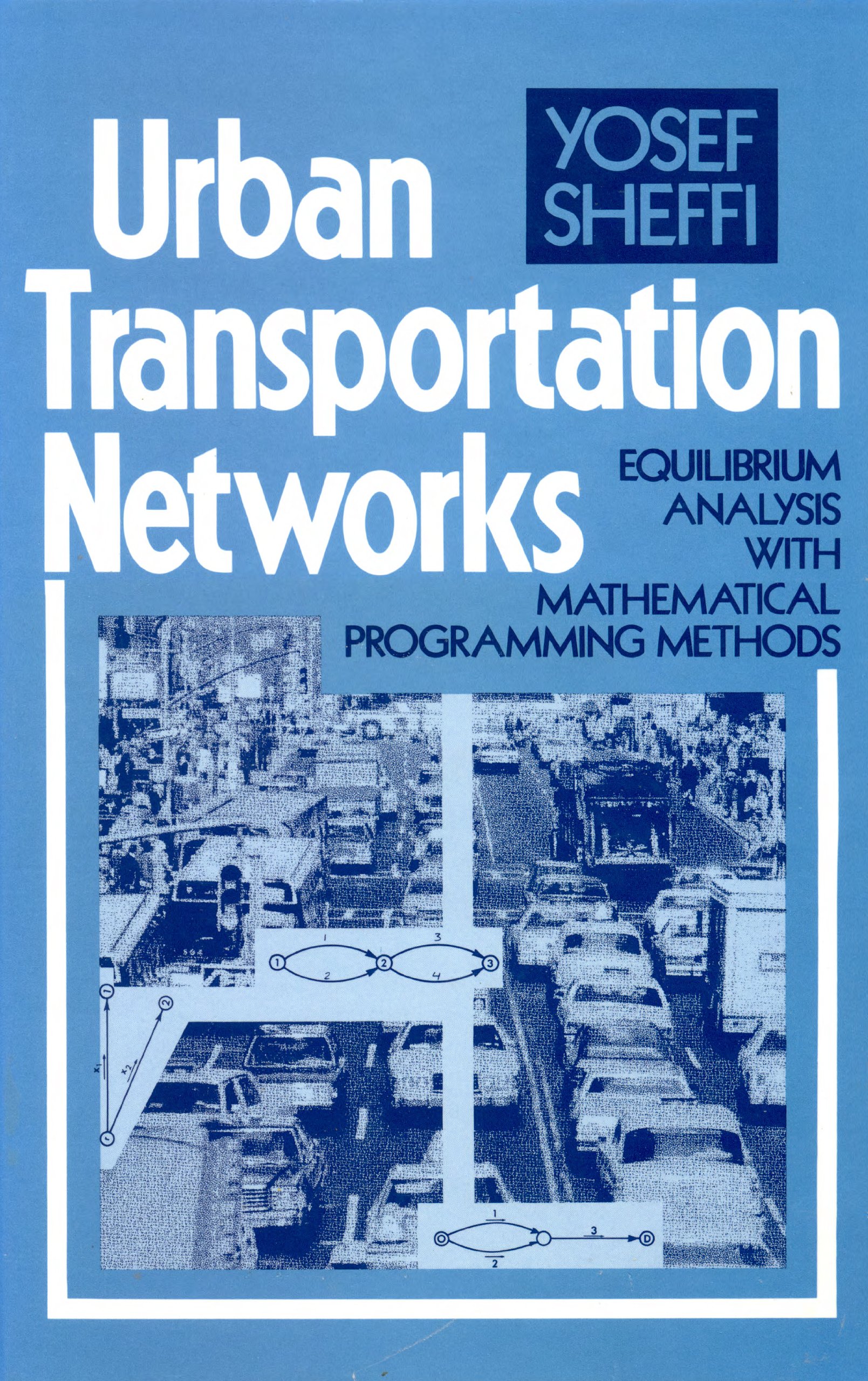Urban Transportation Networks: Equilibrium Analysis With Mathematical Programming Methods by Yosef Sheffi
English | Jan 1985 | ISBN: 0139397299 | 416 Pages | PDF | 23 MB
English | Jan 1985 | ISBN: 0139397299 | 416 Pages | PDF | 23 MB
The flow pattern throughout an urban network can be looked upon as the result of two competing mechanisms. On the one hand, users of the system (drivers, passengers, pedestrians) try to travel in a way that minimizes the disutility associated with transportation. For example, motorists driving between a given origin and a given destination are likely to choose the route with the shortest travel time. On the other hand, the disutility associated with travel is not fixed but rather depends in part on the usage of the transportation system. Thus, in the previous example, the travel time on each of the paths connecting the origin and the destination is a function of the total traffic flow due to congestion. It is therefore not clear a priori which path through the network has the shortest travel time. Consequently, it may not be obvious what the flow pattern throughout the network will be under various conditions. This book describes how this flow pattern can be determined for an urban road network by modeling these two mechanisms (travel decisions and congestion).





